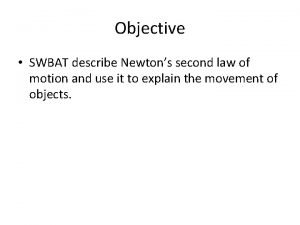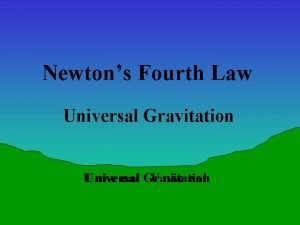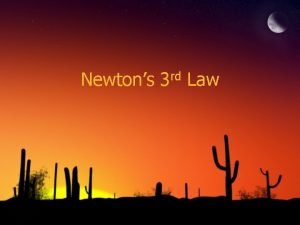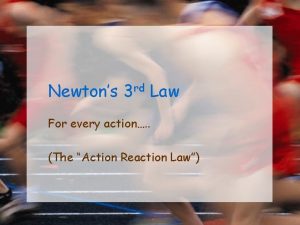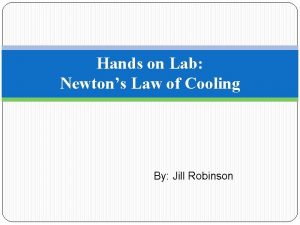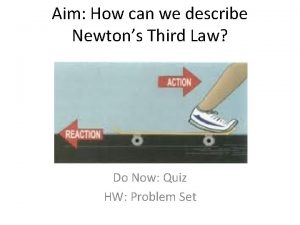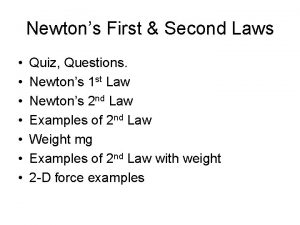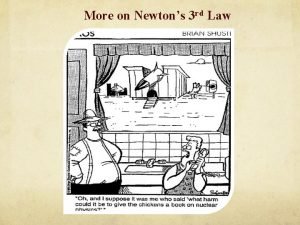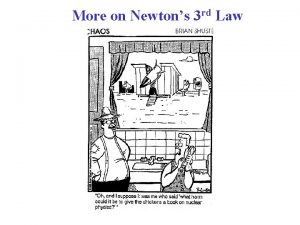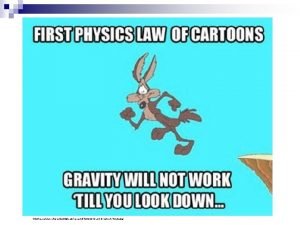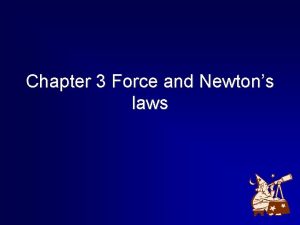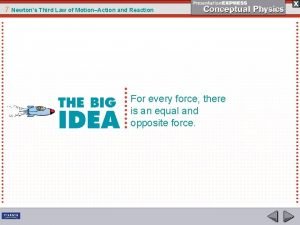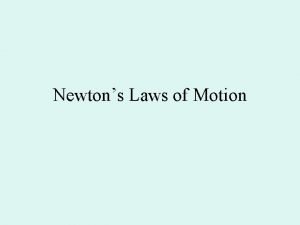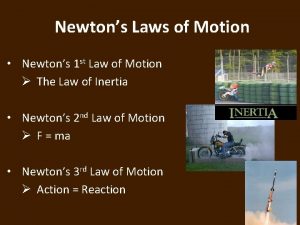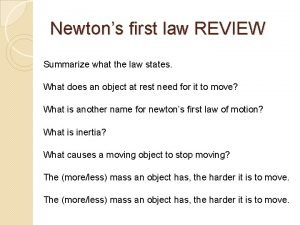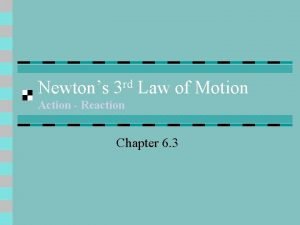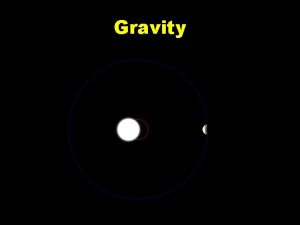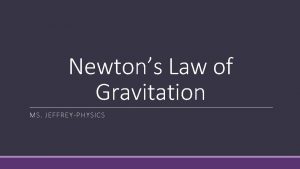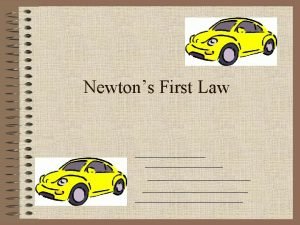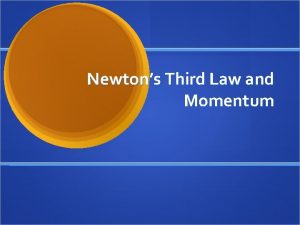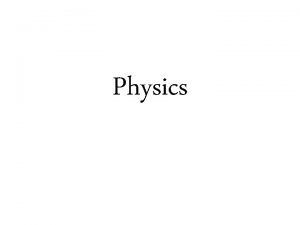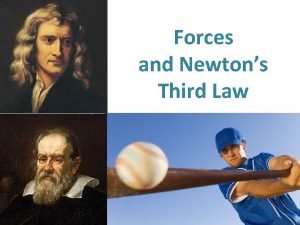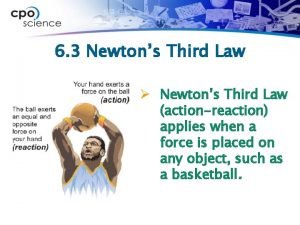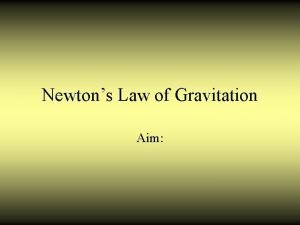WHAT IS Gravity GRAVITY is Newtons Law of






























- Slides: 30


WHAT IS Gravity? § GRAVITY is… § Newton’s Law of Universal Gravitation states that… § The gravitational force between two objects depends on: 1) 2) Brain. Pop/gravity/ What is Gravity?

WHAT IS Gravity? § GRAVITY is a force that causes an attraction between objects in our solar system. § Newton’s Law of Universal Gravitation states that all objects are attracted to one another through gravity. § The gravitational force between two objects depends on: 1) MASS 2) DISTANCE https: //www. learnwithmac. com/2015/09/14/newtonslaw-of-universal-gravitation/

Newton's universal law of gravitation • Newton created the law to explain the relationship between the force of GRAVITY, MASS and DISTANCE. • He proposed that all objects in the universe are attracted to one another due to the force of GRAVITY. • The STRENGTH of the gravitational force between objects depends on MASS and DISTANCE.


CONSIDER THIS: If all objects EXERT a gravitational force, why don’t we pull the Sun towards us? Compared to Earth, our mass is too small to create a gravitational force strong enough to pull objects toward us.

Gravity AND DISTANCE: § Objects that are CLOSE together have a STRONGER gravitational attraction than objects that are farther apart. § As distance INCREASES, gravity DECREASES! § When objects move CLOSER, the strength INCREASES. GREATER DISTANCE = WEAKER GRAVITY CLOSER TOGETHER= STRONGER GRAVITY

Gravity AND MASS: § Objects with MORE mass exert a stronger gravitational force than objects with less mass. LARGE MASS = STRONG FORCE SMALL MASS = WEAK FORCE

Example: Which object has the greatest gravitational force? WHY? The bowling ball because it has more mass than the baseball.

Example: In which diagram below, is the gravitational force between the soccer balls greater? HOW DO YOU KNOW? Diagram 1 because the soccer balls are closer together.

PRACTICE: Which pair of objects has the GREATEST gravitational force? #1 a. b. 50 g 100 g #2 a. 50 g 25 g b. 80 km 20 km


SUMMARY: § The strength of gravity depends on mass and distance. § DISTANCE: Gravitational force increases when distance between objects decreases. § MASS: Gravitational force between objects increases when mass increases.

Mass vs weight § MASS measures how much matter an object contains. § In space, an object’s mass stays the same despite changes in gravity!

Mass vs weight § WEIGHT measures the force of gravity on an object. § In space, an object’s weight changes due to changes in gravitational forces. Video: Weight vs. Mass

Mass vs weight § Mass and weight ARE NOT the same!! § WEIGHT is dependent on gravity, not mass. Weight changes in space, BUT mass STAYS the SAME.

Weight IN SPACE

Falling objects If an elephant and a mouse were dropped at the same exact time from the same height, which one would reach the ground first? They will reach the ground at the SAME TIME!

Falling objects • In 1638, Galileo tested Newton’s Law by dropping two objects of different masses from the Leaning Tower of Pisa. • He observed both objects hit the ground at the same time. The Leaning Tower Of Pisa • Galileo calculated the rate at which all objects accelerate toward Earth.

Falling objects From his experiment, Galileo concluded: § All objects accelerate towards Earth at the SAME RATE! § mass DOES NOT affect the rate in which objects fall! § acceleration due to gravity is 9. 8 m/s².

Falling objects If all objects at the same rate, why does it take longer for the feather to hit the ground? AIR RESISTANCE, slows the feather down.

Falling objects § On Earth, if two objects DO NOT hit the ground at the same time, it is due to AIR RESISTANCE. § In a vacuum, without the presence of air, ALL objects fall at the same rate!

NOW CONSIDER THIS: If an elephant and a feather are dropped at the same time from the same height, but air resistance is eliminated, which object will hit the ground first - the elephant or the feather?

Falling objects IN A VACUUM World’s Largest Vacuum Chamber: The Feather and the Bowling Ball

If the force of gravity is continually increasing their acceleration toward Earth why don't they hit Earth at 1000’s of miles per hour? AIR RESISTANCE (DRAG) due to their parachutes.

AIR RESISTANCE Air resistance: § a force that acts against falling objects § causes objects to slow down as they fall through air. How much air resistance an object experiences depends on: 1. Speed 2. Mass 3. Surface area

AIR RESISTANCE § Air resistance acts in the opposite direction of gravity § pushes upward on falling objects. § changes the rate in which objects fall.

REVIEW: Examine each picture below. Which object will hit the ground first? WHY? BOTH OBJECTS FALL AT THE SAME RATE, so they hit the ground at the SAME TIME! BOTH FALL AT THE SAME RATE, but the coin hits the ground first-AIR RESISTANCE slows the feather down!


 Newton's law of universal gravitation
Newton's law of universal gravitation Third law of newton
Third law of newton Newtons 3 rd law of motion
Newtons 3 rd law of motion Newton's laws in soccer
Newton's laws in soccer Describe newtons second law
Describe newtons second law Newtons first law example
Newtons first law example What is newtons fourth law
What is newtons fourth law Newtons 3 rd law of motion
Newtons 3 rd law of motion Newton's 3 law
Newton's 3 law Newtons 3 rd law
Newtons 3 rd law Newtons 3 rd law
Newtons 3 rd law Newton's law of cooling differential equation
Newton's law of cooling differential equation Describe newtons third law
Describe newtons third law Newtons third law of thermodynamics
Newtons third law of thermodynamics Newtons 1 law
Newtons 1 law Third law of motion
Third law of motion Newtons law quiz
Newtons law quiz Newtons 3 rd law of motion
Newtons 3 rd law of motion Newtons 3 rd law
Newtons 3 rd law Every action has an equal and opposite reaction
Every action has an equal and opposite reaction Newtons 3 rd law
Newtons 3 rd law Newtons 3 rd law example
Newtons 3 rd law example Newton's first law of motion meme
Newton's first law of motion meme Section 3 using newtons laws
Section 3 using newtons laws Newtons third law of motion
Newtons third law of motion Newton's third law
Newton's third law Newton's second law
Newton's second law Newton's st law
Newton's st law Newtons 1 st law
Newtons 1 st law Summarize newton's first law
Summarize newton's first law Newtons 3 rd law of motion
Newtons 3 rd law of motion




